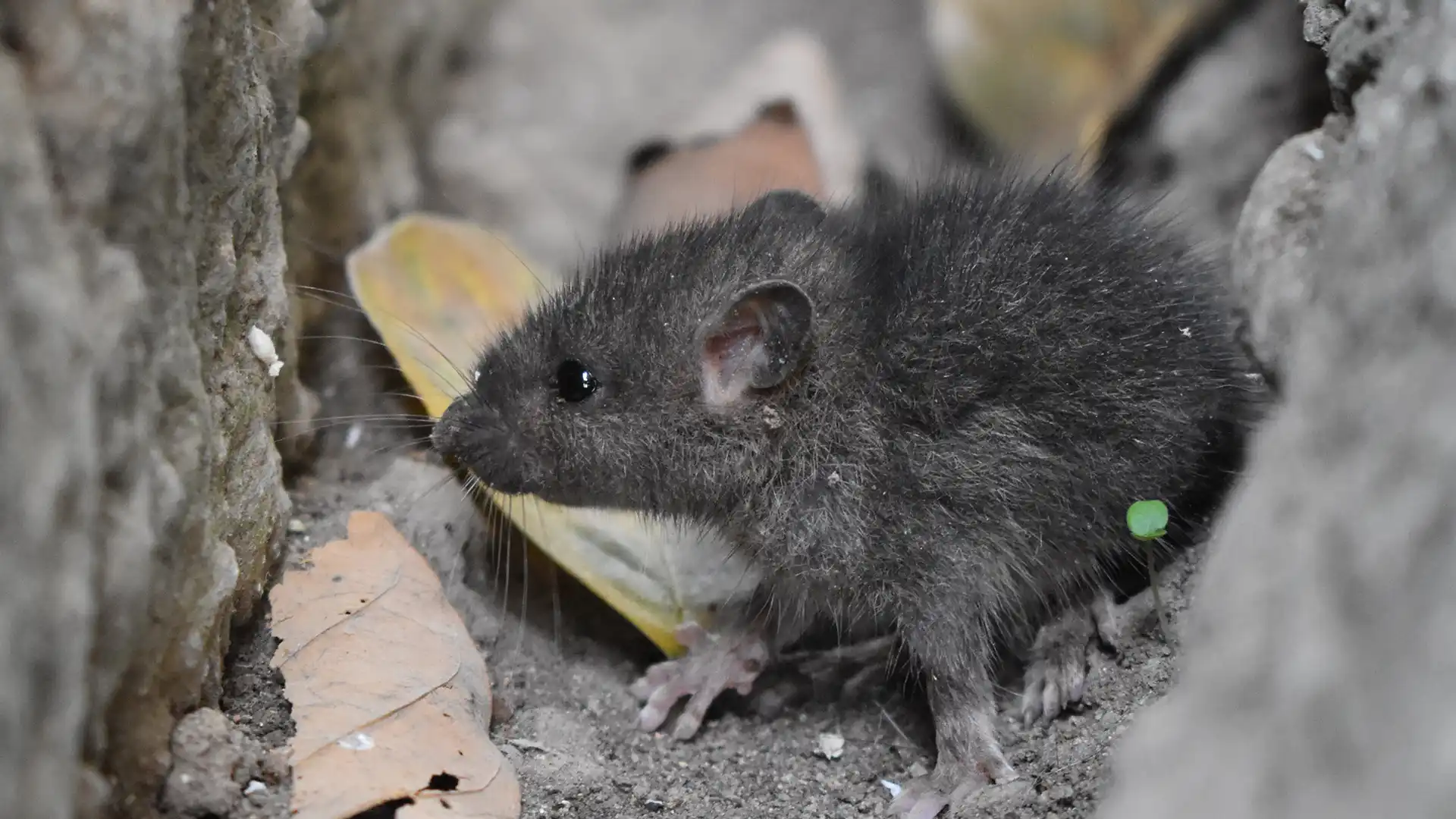
North Carolina Pest Identification: Mice
Rodent Identifier: Know Your Mice
The state of North Carolina, with its diverse landscapes, offers a wide variety of habitats for a range of wildlife, including small rodents like mice and rats. These tiny creatures play essential roles in the ecosystem but can sometimes become pests when they encroach on human spaces. In this article, we’ll take a closer look at North Carolina’s mice, with a focus on house mice, field mice, and rats.
Mouse Identification in North Carolina
There are a few common mouse species found in North Carolina. They include:
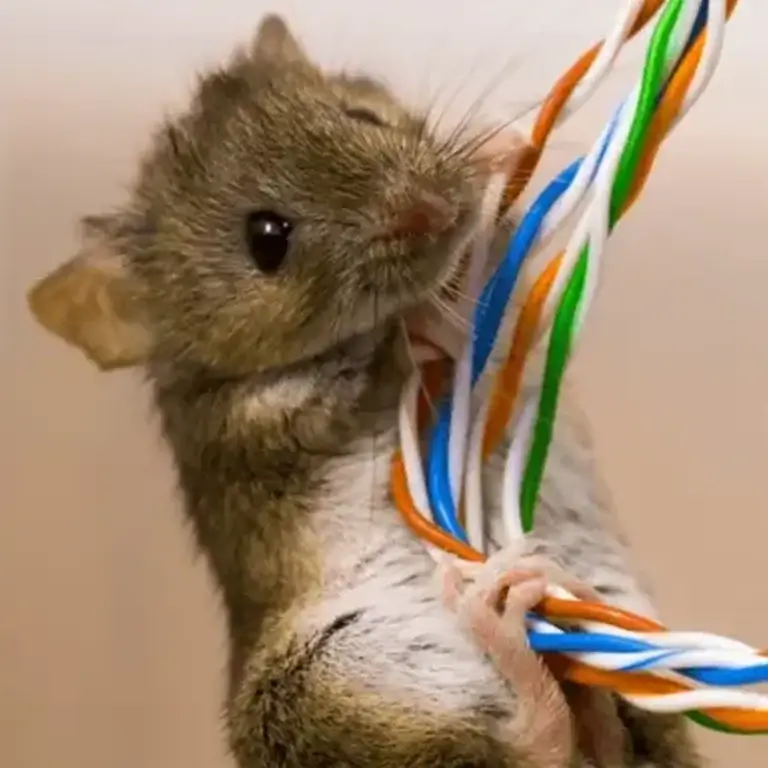
House Mice
House mice, scientifically known as Mus musculus, are some of the most common rodents in North Carolina and throughout the United States. These small, adaptable rodents are typically 5-7 inches long, including their tails, and weigh just a few ounces. House mice are known for their pointed snouts, large ears, and long, nearly hairless tails, and they’re typically light brown or gray with a lighter belly.
They have a keen sense of smell, excellent hearing, and are known for their ability to squeeze through tiny openings. House mice are omnivores, feeding on a wide range of foods, from grains and seeds to insects and even human leftovers.
In North Carolina, house mice can become a nuisance when they infiltrate homes, seeking shelter and food. They can cause property damage by gnawing on wires, insulation, and food packaging.

Field Mice
In North Carolina, “field mice” is a collective term that refers to various small, wild rodents found in fields, meadows, and woodlands, including species like deer mice, white-footed mice, and harvest mice. Field mice exhibit a range of colors and markings, but many have soft, dense fur that aids in temperature regulation. They are primarily herbivores, consuming seeds, plants, and small insects.
Field mice are also known for their high reproductive rates and often build nests in burrows or natural cavities. While field mice generally avoid human habitation, they can become occasional intruders in homes, particularly during colder months when they seek warmth and shelter.
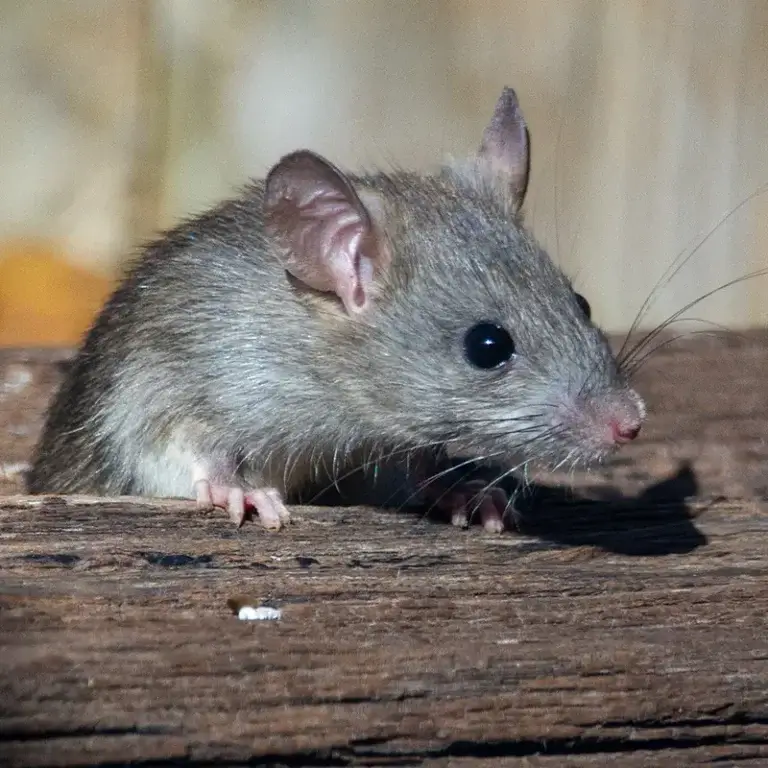
Rats
While not technically a mouse, rats are a part of the rodent family and can often be mistaken for mice. Rats, particularly the Norway rat and the roof rat, are larger rodents that are sometimes found in North Carolina, though rats are more closely associated with urban and suburban areas than with rural environments.
Norway rats are larger, with a stout body, while roof rats are slimmer and more agile. Most rats are generally brown or gray with a long, scaly tail, and they are omnivorous and can consume a wide range of foods, including grains, fruits, and even smaller rodents.
Rats can be problematic when they infest homes, causing structural damage and potentially transmitting diseases. Proper sanitation, sealing entry points, and employing pest control measures are crucial to rat prevention and management.

How Mice Get Into Homes
Mice are resourceful creatures when it comes to finding their way into homes.
Their small size and agility allow them to exploit even the tiniest openings.
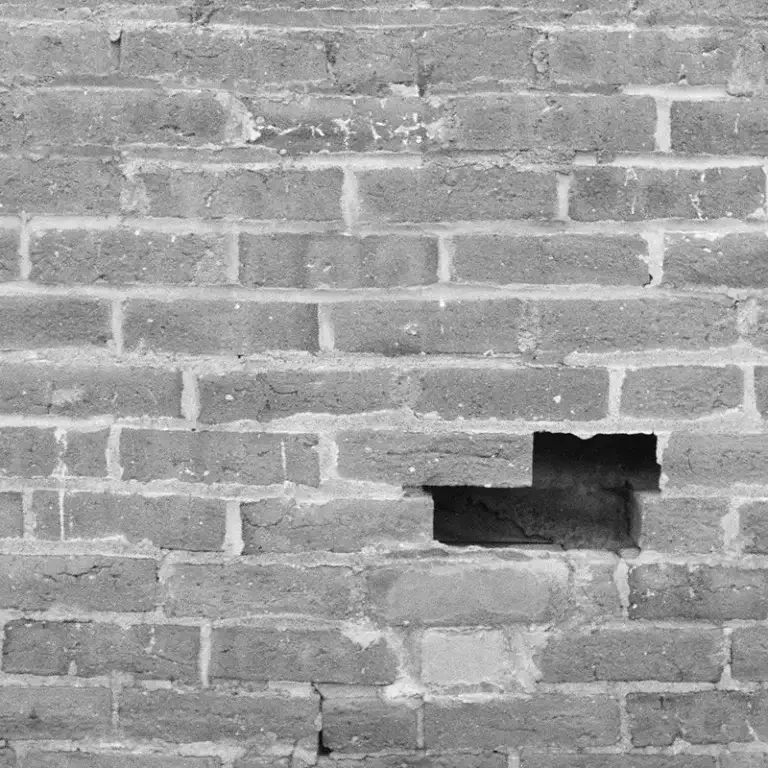
Gaps and Cracks
Mice can enter through gaps and cracks in a building's exterior. Even small openings, as narrow as a quarter of an inch, are large enough for them to squeeze through. This includes gaps around doors, windows, utility openings, and holes in exterior walls.

Doors and Windows
Mice can slip through open doors and windows. They can also exploit damaged screens or gaps around the edges of doors and windows.
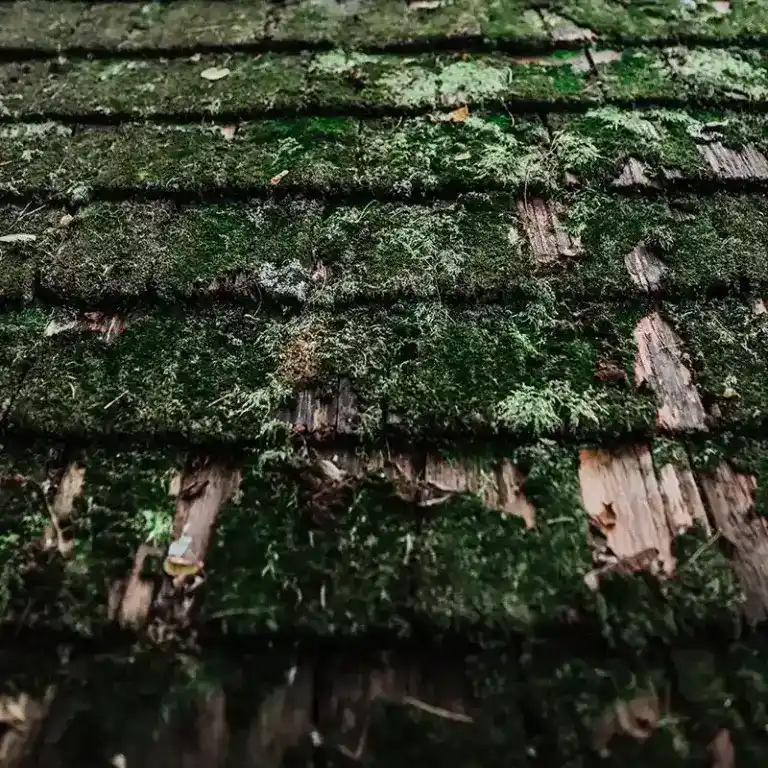
Attics and Roof Spaces
Mice can enter homes through attics and roof spaces. They can climb walls or wires and find their way in through vents, roofline gaps, or soffit openings.
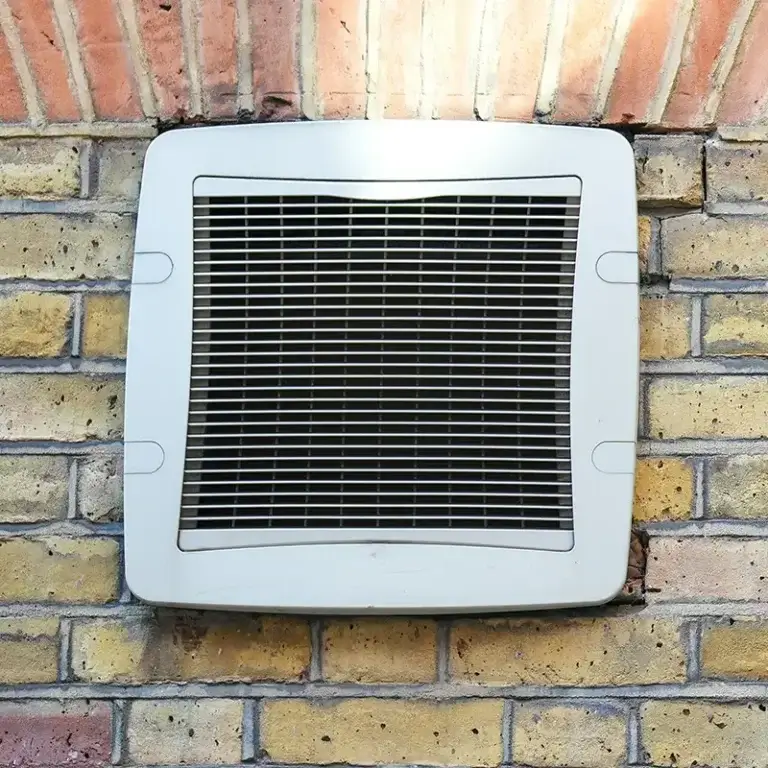
Foundation Vents
Ventilation openings in the foundation can be entry points for mice. If these vents lack proper screening or are damaged, mice can easily enter.

Chimneys
Mice can descend into a home's interior through chimneys. Even if there's a chimney cap, it might not be secure or properly maintained.

Pipes and Utility Lines
Gaps around pipes, utility lines, and conduits that pass through walls and floors can provide entry points for mice.
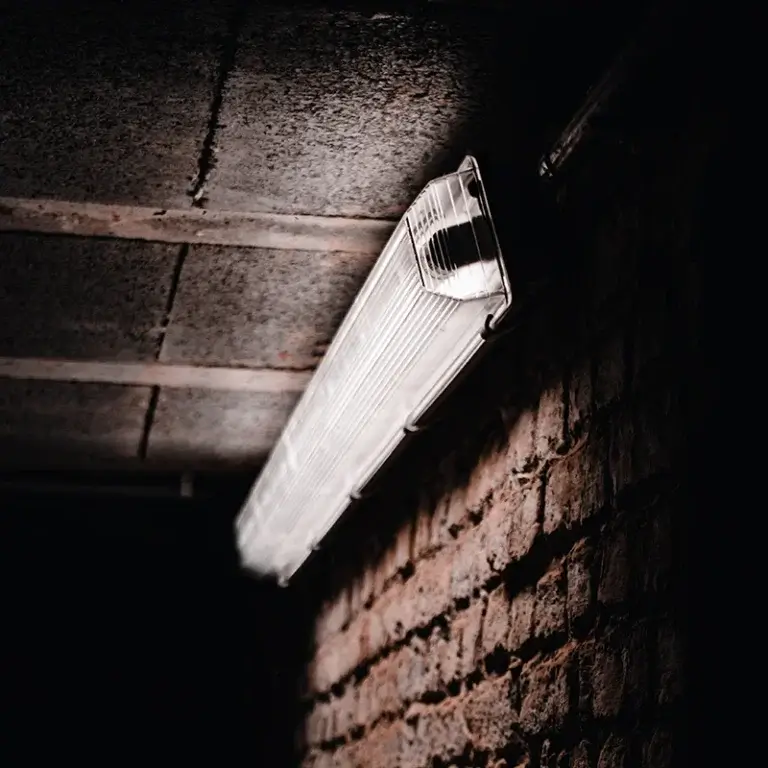
Crawl Spaces
Crawl spaces under homes are often overlooked, and mice can enter through gaps in the foundation or openings around vents and access points.

Garages and Basements
Attached garages and basements are common entry points for mice. They can access these spaces through exterior doors or gaps in the walls and floors.
Diseases Carried by Mice
Hantavirus Pulmonary Syndrome (HPS)
Hantavirus is a potentially life-threatening disease transmitted to humans through contact with the urine, droppings, or saliva of infected mice. While this virus is relatively rare, its consequences can be severe. HPS can cause symptoms that mimic the flu, including fever, muscle aches, and respiratory issues, and in some cases, it can lead to acute respiratory distress and even be fatal. The primary carriers of hantavirus are deer mice and white-footed mice, which are commonly found in North America.
Leptospirosis
Leptospirosis is another disease that mice can carry, although it is more commonly associated with rats. However, if mice are sharing your living space with rats, the risk of contracting this bacterial infection still exists. Leptospirosis can cause flu-like symptoms, including high fever, headache, and muscle pain, and in more severe cases, it can lead to kidney and liver damage.
Salmonellosis
Mice can also transmit salmonella bacteria, which can lead to a foodborne illness called salmonellosis. This illness can cause symptoms such as diarrhea, vomiting, abdominal cramps, and fever. While salmonella is more frequently associated with contaminated food, mice can introduce it to your kitchen or pantry through their droppings or urine, which can come into contact with your food or food preparation surfaces.
Lymphocytic Choriomeningitis (LCM)
Lymphocytic choriomeningitis is a viral disease carried by house mice. Although it is rare, this virus can be transmitted to humans through contact with mouse urine, droppings, or saliva. LCM can cause symptoms ranging from mild to severe, including fever, muscle aches, and neurological issues. In extreme cases, it can lead to encephalitis, which is a potentially life-threatening inflammation of the brain.

What to do If You Suspect Mice in Your Home
Preventing mice from entering your home involves thorough inspection and sealing of potential entry points. Here are some steps to take:

Seal Cracks and Gaps
Carefully inspect your home for any gaps and cracks, especially around doors, windows, and utility openings. Seal them with appropriate materials like caulk, weatherstripping, or steel wool.

Secure Vents and Openings
Ensure that foundation vents, roof vents, and other openings are fitted with proper screens or covers to keep mice out.

Maintain Screens and Doors
Repair or replace damaged screens, and make sure doors fit snugly in their frames.

Trim Vegetation
Trim branches and foliage near your home, as mice can use these as pathways onto your roof or walls.

Practice Good Hygiene
Store food in airtight containers, clean up crumbs and spills promptly, and take out the trash regularly to avoid attracting mice.

Use Mouse Traps
If you suspect a mouse problem, use snap traps or live traps to capture and remove them. Place these traps in areas where you've seen signs of mouse activity.

Seek Professional Help
If you have a severe infestation or repeated mouse problems, consider contacting a pest control professional for assistance.
By being vigilant and taking preventive measures, you can reduce the likelihood of mice entering your home and causing unwanted problems.

FAQ Questions
What does the common house mouse look like?
The house mouse is a very common household invader and can quickly be identified by their small, slender body (2 1/1- 3 ¾ inches), long tail (3-4 inches), large ears and small dark beady eyes. Their tail and ears are both covered in a layer of soft velvet-like fur. Their fur can vary in color from a grayish-brown to a very dark gray or almost black color; they have a lighter colored belly that is usually tan or whitish in color.
Are mice dangerous?
Mice are dangerous to people and property. Through their urine, feces, and saliva mice are capable of transmitting a wide variety of disease including Hantavirus, leptospirosis, and lymphocytic. They also spread bacteria such as Salmonellosis which causes bacterial food poisoning. Another risk, mice can introduce fleas, mites, and ticks which can cause serious issues.
In addition to the health threat, mice use their strong, sharp front incisors to chew through flooring, carpet, electric wire, piping, and other building materials. The end result can be minor to extensive damage, depending on how long they active in a structure.
How to tell if you have a mouse infestation
Mice are commensal rodents, meaning they partially depend on humans for survival. If there’s an opportunity for mice to infest homes and businesses, they’ll leap on it. If you’re concerned about a potential mouse problem, keep an eye ( and an ear) out for signs of a mouse infestation. Common signs include:
- Mouse dropping on the floor along walls, inside of cabinets and drawers, inside of pantries and behind appliances. Droppings are also commonly found in the attic among storage boxes and in insulation. Their droppings are small, black in color and have an oval shape to them.
- Holes chewed through food packaging that is kept in pantries or boxes kept in storage areas.
- Gnaw marks on furniture, flooring, or on boxes.
- Noises coming from inside walls or overhead in the ceiling, especially at night. Mice are nocturnal so you’re more likely to hear them after dark.
How do mice get in?
Mice are the Houdini’s of the pest world; they seem to have the ability to squeeze through holes that the size of a dime in order to enter structures. They may also use their teeth to make their own openings. Common entry points for mice include:
- Uncovered chimneys
- Screens in windows or doors
- Dryer vents
- Holes found in roof eaves and rooflines
- Spaces found underneath of exterior doors
- Cracks found in the foundation
- Openings around plumbing, cables, and gas lines
How do you get rid of mice?
Getting rid of mice is possible and we’ll discuss that but before we do, let’s be clear about what doesn’t work. Mouse traps placed improperly or with the wrong enticement. You never see a mouse walking across the middle of a room so you should never place a mouse trap there. Mouse traps that are set where mice travel will be the most effective. The number of traps is also a factor that could contribute to or prevent success. While cheese was always thought to be a mouse’s Kryptonite, really these pests are more attracted to peanut butter. Of course, ants and other insects may be attracted to it too.
So, what’s the best way to eliminate mice? Contact a pest control company that specializes in rodent control. At A-1 Pest Control, we offer mouse exterminating services that include a free inspection, an initial service, and follow-up as necessary. We also provide ongoing services for facilities that are constantly battling mice, such as dog kennels. For more information about our mouse and rodent control services for North Carolina homes and businesses, please contact us today!
How do you stop mice from coming into your house?
There are several prevention steps that you can take to help stop mice from choosing your property to invade and to stop them from being able to make their way inside.
- Inspect the exterior of your home and seal any openings found, no matter how small they may be. Caulk gaps found around windows and doors and seal cracks and crevices found in the foundation. Seal spaces found around utility entrances.
- Repair any loose or missing roof shingles and make sure that chimneys have tight-fitting caps on them.
- Remove food sources by placing trash that is being stored outside until pick-up day, inside of containers that have locking lids. Make sure that compost piles and garden areas a placed a distance from the outside of your home.
- Fix any leaky outdoor pipes or fixtures that may supply mice with a water source.
- Remove from your property areas that mice like to hide in including wood piles, piles of leaves, and piles of garbage or debris.
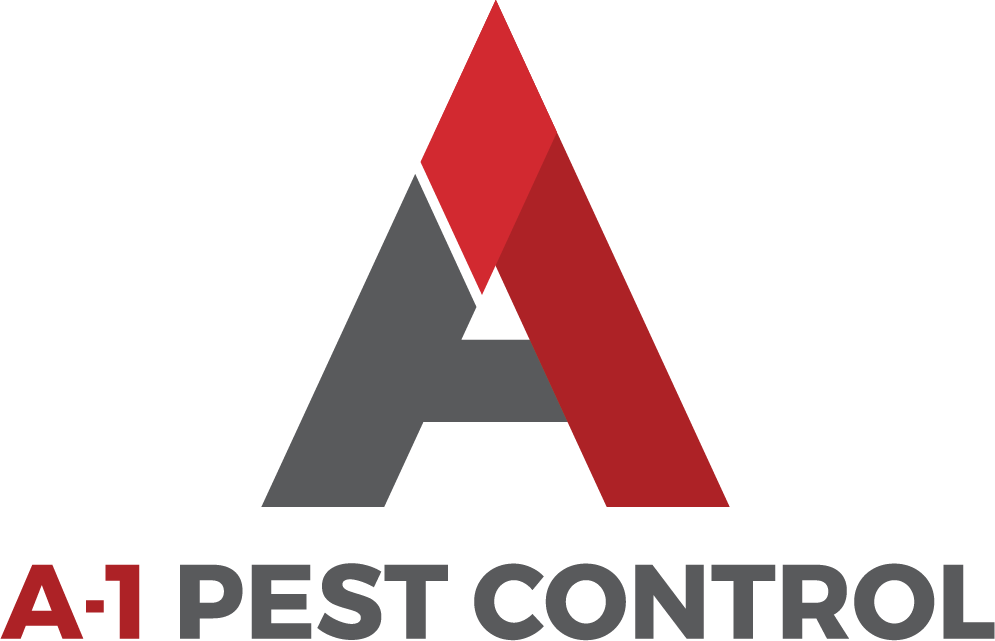
About A-1 Termite Control
If you’re in need of mouse control services in North Carolina, A-1 Pest Services is your trusted solution, offering a comprehensive range of tick prevention and eradication solutions. As a family-owned and operated business, we’ve been dedicated to serving our community for over five decades, providing pest control plans that address a wide spectrum of nuisances, from ticks to termites, and virtually any pest imaginable. Our enduring commitment to delivering high-quality service, coupled with our unwavering dedication to staying informed and up-to-date, has consistently distinguished us over the years. We take immense pride in assisting our fellow community members in creating happier, healthier homes. Reach out to us today to explore our termite control options and schedule a complimentary inspection! Our services extend to Lenoir, Mooresville, Hickory, Blowing Rock, West Jefferson, and the neighboring regions of North Carolina.


